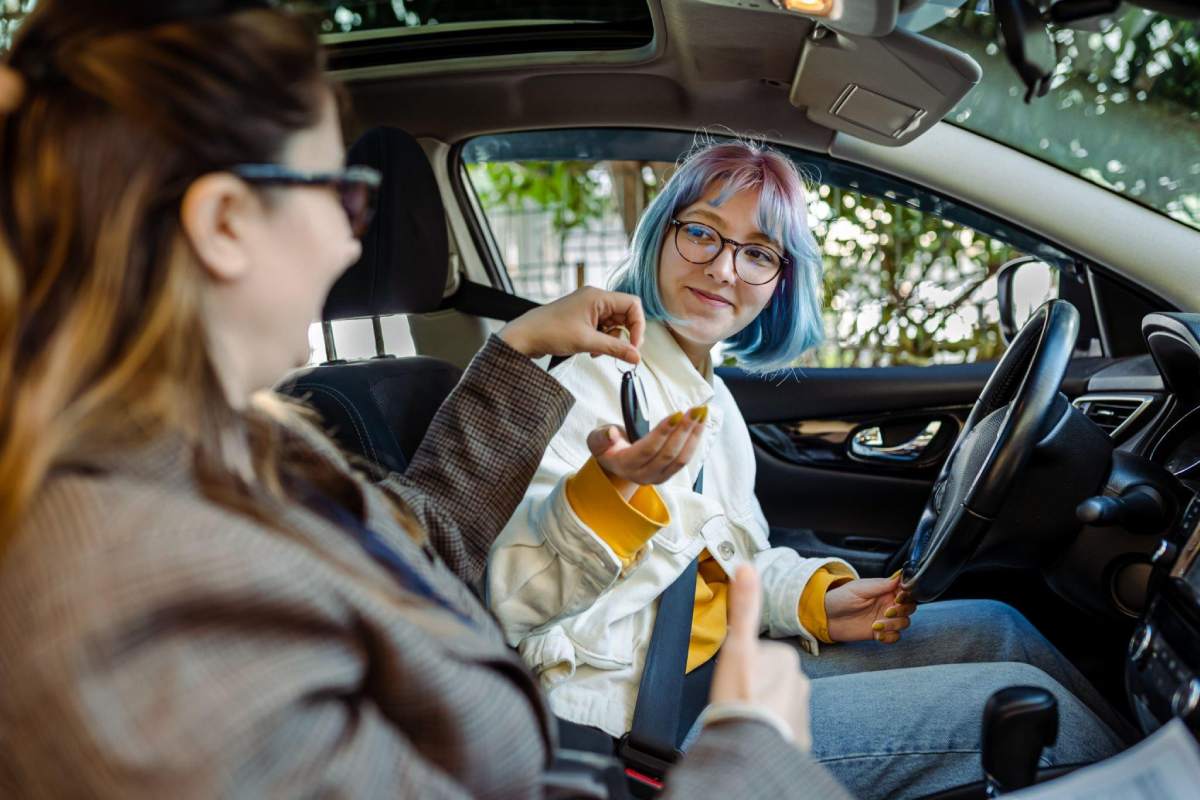7 Top Tips For Buying A Second-Hand Car – The used car market in the UK is hugely popular and the majority of drivers will opt for a used vehicle over a brand-new car. That being said, buying a car can be a big decision to make and you may be unsure of how to go about it, especially if it’s your first car. The guide below looks at why drivers are choosing second-hand cars and also top tips from a UK dealer on how to choose the car that’s right for you.
Why choose used?
There are so many reasons why drivers tend to prefer used cars, from their lower purchase price to the endless amount of choice, second-hand cars can be really beneficial.
- Lower price. Secondhand cars usually always cost less to buy than brand-new cars. And whilst the used car market has suffered in recent years due to the demand for parts and the rising cost of living, second-hand cars will always be more affordable than buying brand new.
- Less depreciation. When a car is manufactured, it can lose up to 50% of its value within the first year. Once a car is over 3 years old, the deprecation rate is much slower which means most of the deprecation has been swallowed up by the previous owner. For drivers, this means they don’t miss out as much when it comes to selling on their used car.
- Long warranties. More manufacturers than ever are offering long warranties on new vehicles that can be transferred with ownership. Manufacturers like Kia, MG, Toyota, Lexus, and SsangYong all offer a 7-year warranty that you could benefit from. For example, if you buy the vehicle when it’s 4 years old, you can still use its warranty for 3 years if anything should go wrong!
- Huge car choice. It’s no joke that the second-hand car market is booming. When it comes to buying a used car, there are thousands of cars to choose from! So you can find a car that fits in with your budget from reputable dealers all over the UK.
Second-hand car buying tips:
Whilst there are so many benefits of buying a used car, there are a few things you can consider first to help make the process that little bit easier.
1. Set your budget.
When it comes to buying any car or making any large financial decision, you should always set a realistic and affordable budget. Your budget will determine the cars that you can buy, and you should always stick to what you can afford. Buying a car is a big purchase and you don’t want to leave yourself short every month, especially if you’re getting a car loan.
2. Spruce up your current car.
If you’ve already got a car and you’re looking to part exchange a car, it can be a good idea to take a look at its current condition. When you trade your car in at the dealership, they will give you a valuation and the value can go towards your next car purchase or finance deal to get money off. Even doing some basic checks, replacing worn tyres, brake pads or giving it a good old clean can help to increase the value of your current car.
3. Read dealer reviews.
If you’ve seen a car you like from a dealership, before you even go to have a look at the vehicle, you should check out the dealership first. You should always use an established firm with a good reputation, and you can verify their reputation by checking out their reviews from other customers. It can also be worth checking their status with the Financial Conduct Authority if you’re buying a car on finance.
4. Know your requirements.
It may seem obvious but knowing what you need from your used car is key. It can be easy to get carried away with different cars in your budget and the excitement of buying a car but it’s no good if it’s not going to be fit for purpose. Think about things like how much space you really need, the type of roads you drive on, how many miles you cover, different fuel types and how many seats you need.
5. Test drive as many cars as you like.
If you’re buying your first car, you may not be as confident when it comes to test driving a different car other than what you learnt to drive in. However, test-driving a car in your budget is key. If you also have a few cars that suit you, feel free to test drive as many as you like and take the car out for at least 30 minutes, there’s no point in spending money on a car to then find that you don’t like how it drives.
6. Check a cars history.
Tips for buying a second-hand car – One of the only drawbacks of getting a second-hand car is that you don’t know where it’s been in the past. You can do simple checks yourself to check the history of a vehicle and make sure it’s not been involved in any major accidents or been sold illegally. You can check the details of the car for free with the DVLA, check it has a valid MOT certificate on the GOV.uk site and even pay for a private history check by a reputable company such as the RAC.
7. Know your rights.
In the even that something should go wrong with your second-hand car purchase, it can be good to brush up on your legal rights when buying a used car. The safest way to buy a used car is from a dealer and if the car turns out to be faulty, you are covered under the Consumer Rights Act 2015 which entitles you to a full refund if you take the car back within 30 days of purchase. There are criteria that need to be met that outline what is described as a ‘faulty’ car which is worth knowing before you proceed.


